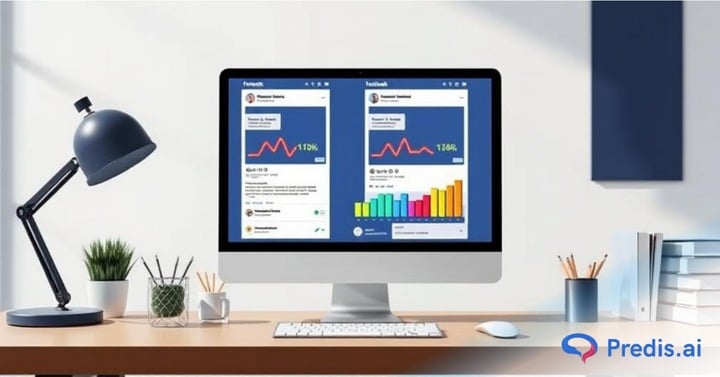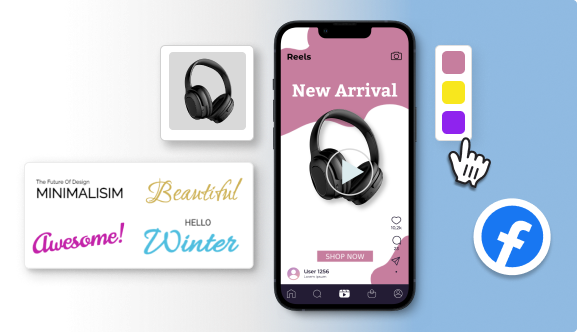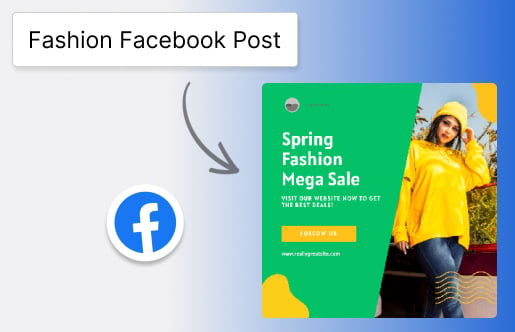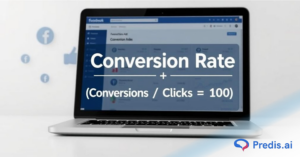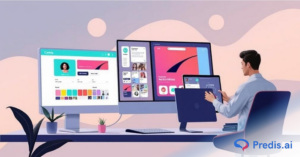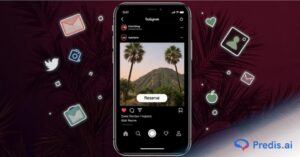Open any video, blog, or tutorial on improving the performance of your ad, and all would have one common advice for you – this is A/B testing, or in other words, split testing your ads. Now, why are so many people swearing by this technique? Is it beneficial? Yes, it really is, and we will dive through it in detail to figure out how!
What is Split testing, and why is it important?
An ad is a cocktail of many different elements, such as fonts, images, CTA, audience category, and so on. Now these can combine together in different ways to become different versions of the same ad. And one of those versions could be the one that performs the best.
Checking some select versions and seeing which one of them has the winning combination is called Split testing. Now, there is no way to test every single combination, so we need a strategy to create a testing plan that will work.
But what are the benefits of going to such lengths?
- Platform algorithm changes: Social media channels are notorious for switching up their algorithms from time to time. And just when you are really adapting to the change, you are thrown a curveball out of nowhere. With A/B testing, you will know early on if your ads are failing and can rectify them before you incur huge losses.
- Fewer budget requirements: With a well-optimised ad, gaining and retaining an audience becomes a piece of cake. Thus, with a lower Cost Per Acquisition, you can actually get a good ROI.
- Audience attribute mismatch: Sometimes, what you might think of your audience can be very different from who your audience is. When doing split testing, this issue will stand out.
Sell More via Facebook 💰
TRY FOR FREEDoing Split Testing To Reach Maximum Optimization
As we mentioned earlier, testing every single permutation and combination of an ad is not feasible. So, we will teach you how to plan your split testing to get the best ad. Okay, here it goes:
- There are so many variables that go into the success of an ad. But the most important ones that you can test out to get the best results are as follows:
- Design: Image, Post copy, Ad Placement, Landing page copy and design, Headlines.
- Ad targeting parameters: Country, Gender, Age, Interests, custom audiences, Education.
- Budget: Bidding strategy, Ad type, end goal (Clicks, Engagement, or Conversions).
- Out of all the above parameters, write down the ones that you are fairly confident about and do not need to worry about testing. Then make a list of parameters that might not apply to your ad. Now, focus on only the parameters that are left out as testing objectives.
- Select 4 objectives from your list that seem very crucial. This is going to be your subject for the initial testing phase.
- Use broad categories for the first test. For example, you can test an ad that has an image in it vs an ad that only has text in it. See which ones perform better and select the winning combination.
- Once you have the combination that produces the most results, break it down into smaller components with each iteration and test their efficiency. Like changing the color of the CTA button, CTA text, placement, and so on.
By taking the winner and breaking it down further and further in the upcoming tests, you will not be testing versions that are a complete fail, and get to your ideal creative quicker.
5 Common Test Variables For You To Consider
Let us start by giving you a heads-up. Never test more than 1 variable in a test. Because if you do so, then your results might not be reliable. With that out of the way, let us proceed to the topic. What are some of the variables you can test your Facebook ads for? Here are some options for you:
1. Ad creative
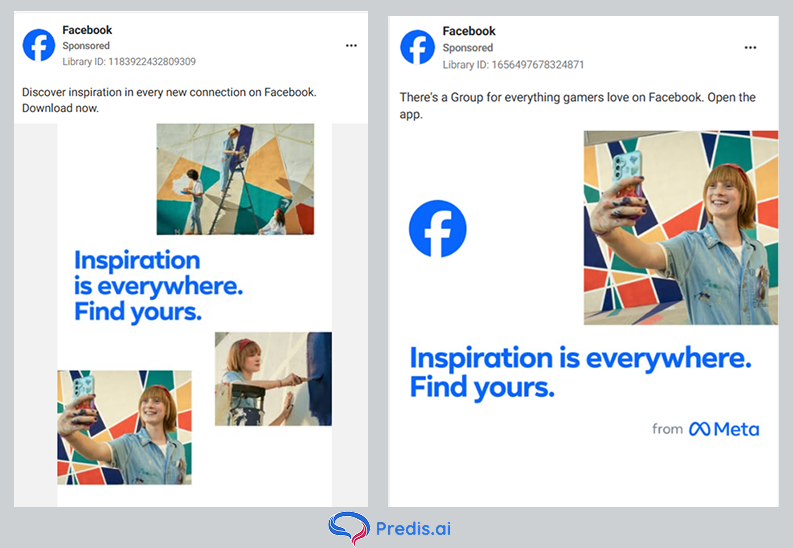
This is the most common variable that marketers test out in A/B versions. A successful ad creative contains so many elements, such as CTA, fonts, images, brand elements, and so on.
2. Audience
The second thing you might have had an issue with is Audience selection. Test the custom audience that you have created based on the preferences of your customers. Some audience you might choose from people who interacted with your competitor’s ads. Some audience could also be a lookalike audience who might have an interest in your product. Compare the results of the same to find your ideal set of audience.
3. Campaign objectives
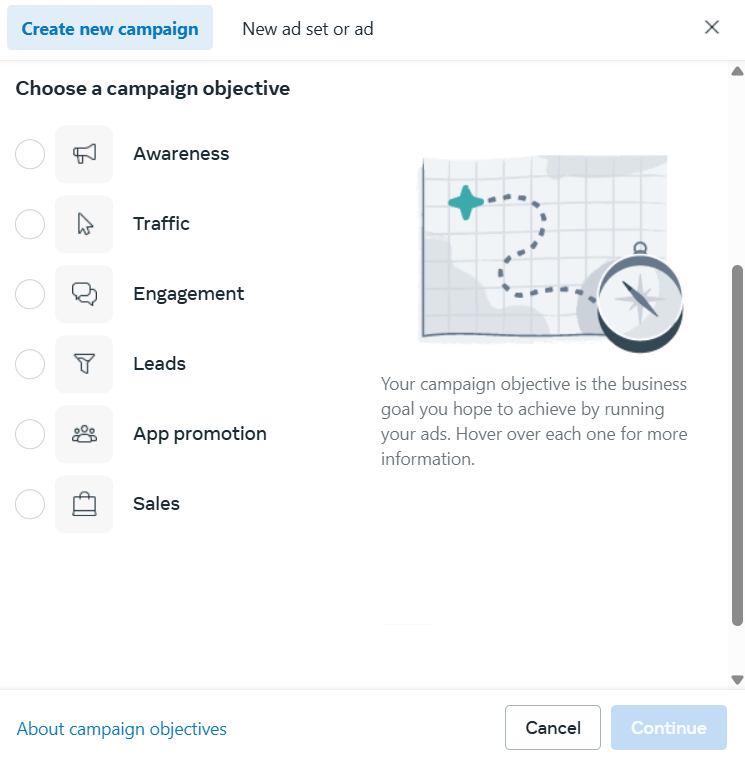
Sometimes using a different objective can also bring you the results you want. For example, when you start creating ads on Facebook Ads Manager, the first thing you have to mention is your ad objective. Now, we all go with the obvious – If we want people to visit ur website, we choose Traffic. But sometimes having a different objective can also bring better and cost-effective results.
Let us elaborate. Let us say your company wants to generate leads with Facebook ads, and you choose the Lead Generation option. Now, you get a good number of leads from Facebook, the costs are low. But the quality of leads and the ability to convert them, not so good.
So, you switch to a traffic generation objective and then pair it with a landing page that is focused on converting visitors into a lead. Now this approach does give you a lesser number of leads, but highly-qualified ones that can be easily converted.
4. Ad Placement
Just like in Google Display ads, Meta also allows you to choose where to place your ads. You can experiment with 2 types of ads, such as feed ads or right column ads, to find out where you get the most engagement and conversions.
5. Performance metric
For each objective, there is a performance metric to analyse. For example, if you are focused on conversions, then you will most likely be looking at CTR and Cost per Conversion rates.
Ultimately, it boils down to your end goal, so select a metric that directly correlates with indicating the success or failure of your end goal. Track the performance of the metric in 2 different versions to see the one with the best outcome.
How Much Testing is Too Much Testing?
We all know there is always scope for improvement, but with split testing, you have to draw the line somewhere because continuing to test can cause more harm than good. Why do we say that? Let us find out!
1. The budget can get blown out of the water
The main reason behind extensive testing is to ensure you reach and convert the maximum audience within a limited budget.
But testing, too, takes a lot out of your budget since you are running variations of the same ad. The results these ads bring are more valuable in the long run, which is why marketers don’t mind the extra few bucks.
So run ads as needed, and when you get the results you want, stop testing and let the ad do its thing.
2. Your chances of virality will go down
Having a viral ad is the dream of many businesses. But when you split your ads into multiple versions and test them, your chances of going viral are diminished.
For example, let us assume your viral ad has 1000 likes. When a potential user stumbles upon your ad and sees this number, they are more likely to want to interact with the ad.
But if you split the same ad and send out 10 different versions into the world, what happens? The 1000 likes your viral post would have gotten will be split between 10 posts, thus getting 100 likes each. This number might make some people engage, it won’t get the same results as the viral one.
And there is an additional disadvantage that one of these 10 versions might not perform well and may fail to attract your audience.
Are You Doing Split Testing Wrong?
If you seem to be doing everything right with your tests, but your optimization strategies just do not seem to work. Then there might be a mistake that you are overlooking. And here are some of the common blunders people make time and again.
- Not aligning goals with metrics: You might want to improve the engagement of their ad, but you could have tested the conversion rate of the ad. These two are not in correlation. This is why it is ideal to think long and hard about your end goals and select the right metric to track.
- Giving up too soon: Some businesses cut corners and wrap up their testing cycle with one test. This can save you some money for now, but you will have to pay for it in the long term. So, try to do at least 3 or 4 cycles of testing per ad set to figure out your audience’s intent.
- Setting up wrong parameters: Hypersegmenting your audience is also an issue most people face. While this may seem like a great idea, targeting only the relevant people, this can also restrict you from reaching other interested parties. Having a small budget with a huge audience is also a mistake. Because without the right amount of budget, you will not be able to reach them at all.
Split Testing is Done, What Next?
Split testing is done, and now you have to implement your findings. What course of action do you have to proceed? Here are 3 ways in which you can take the next step:
- Remove the underperformers: Now that you have run the tests, you know which ones performed the least. Your first course of action needs to be to pull them out of circulation so you can stop losing money on them.
- Reallocate resources: If you are skeptical about abruptly stopping ads, then you can redistribute the budget. You can allocate more budget towards the better-performing ones and less towards the rest. This way, you can keep collecting data on a budget.
The Final Takeaway
Social media platforms and audience preferences keep changing with time to time. If you don’t change with the changing times and keep your ad strategy flexible, your competition could crush you.
One of the easiest ways in which you can keep up with these changing preferences is by testing ad variations and implementing findings. And to be honest, it is a time-consuming process.
But creating an ad that converts does not have to be a daunting task, whether you are someone who has design experience or not. Because Predis AI has AI capabilities if you want to generate your ad or a template library if you want to create one manually.
The creative design process becomes a breeze by utilizing Predis AI. But don’t trust us, sign up here for your free account today and see for yourself!


